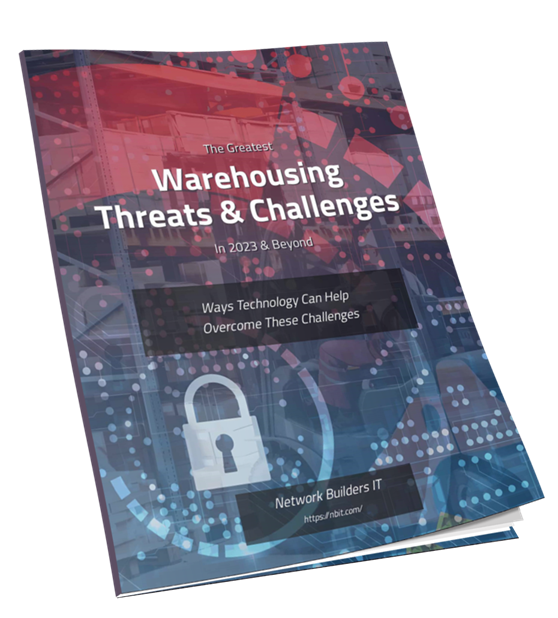
Disaster Recovery and Business Continuity Planning
Disasters can occur at any moment and can cause significant disruption to businesses. From natural disasters like hurricanes, earthquakes, or floods, to cyber-attacks or theft, it’s critical for organizations to plan for the unexpected. Effective disaster recovery and business continuity planning is essential in ensuring a company can quickly recover from an unexpected event and continue serving its customers without interruption. This article delves into what disaster recovery and business continuity planning are, why they’re important, how they differ from each other, as well as key steps companies must take when developing their plans.
Benefits of Disaster Recovery and Business Continuity Planning
Effective disaster recovery and business continuity planning can safeguard an organization’s reputation, customer base, and overall operations. When a disaster strikes, businesses that have implemented such plans are better equipped to manage the situation, minimize damage, and quickly get back to normal functioning. This can help businesses keep their credibility amongst stakeholders by showing accountability for any disruptions caused.
Disaster recovery planning involves preparing for a quick response in times of crisis through developing policies and procedures aimed at minimizing risks associated with such events. Such planning considers measures like naming critical business systems that must remain operational during an emergency and having backup infrastructure in place for instances where primary resources fail. However, Business Continuity Planning focuses on how to keep vital operations running even during times of uncertainty or crisis.
Implementing a Business Continuity Plan
Implementing a Business Continuity Plan involves preparing for an unexpected event that may disrupt business operations. The first step is to find potential risks and threats that could affect the organization, then develop strategies on how to respond to each one of them. For example, companies should have backup systems in place such as cloud-based services or secondary servers in case primary ones fail.
Once planning is complete, it’s essential to test and update the plan regularly. This helps ensure everything works correctly when called upon during a crisis. Communication plays a significant role in implementing a Business Continuity Plan; stakeholders need clear instructions on what needs to be done during an emergency, who takes charge, and where people can go if they are not at work.
Maintaining Regular Testing of Plans
Maintaining regular testing of disaster recovery and business continuity plans is crucial to ensuring that they will work effectively when needed. Testing is an opportunity for businesses to find weaknesses in their plans and rectify them before a real emergency occurs.
Regular testing also helps ensure that employees are familiar with the procedures outlined in the plan, making it easier for them to quickly respond in case of an actual disaster. It’s important for companies to conduct several types of tests, including tabletop exercises and simulations, as well as full-scale drills. Reviewing test results can help businesses figure out if their recovery time objectives (RTOs) and recovery point objectives (RPOs) are achievable.
Preparing for an Unforeseen Disaster
Preparing for an unforeseen disaster is necessary to protect your business from the unexpected. It’s important to have a plan in place that can help minimize potential damage and enable you to quickly recover with minimal interruption. The first step in preparing for an unforeseen disaster is to understand what types of disasters can occur, as well as how they could affect your business.
Creating a comprehensive disaster recovery plan involves naming crucial assets such as data, equipment, and facilities needed for operations. Next, prioritize key areas that must be addressed in case of an unexpected disruption. Ensure each critical area has specific contingency plans set up and tested through regular simulations or drills so that employees know how to respond promptly if needed.
Business continuity planning takes it one step further by focusing on sustaining critical functions during and after a disruption while minimizing disruptions’ impact on customers’ service delivery. Continuity planning ensures employees’ safety while still supporting seamless communication between departments throughout crises like power outages or system failures.
Conclusion
Disaster recovery and business continuity planning are crucial for any organization to mitigate the impact of unexpected events. By preparing beforehand, a company can minimize disruptions and quickly respond to crises. It’s important to note that disaster recovery and business continuity planning differ in their focus: while the former is geared towards restoring IT (Information Technology) systems after a disaster, the latter focuses on supporting critical operations during an event.
Effective disaster recovery and business continuity planning should involve risk assessments, naming critical processes and resources, developing detailed response plans, training employees on emergency procedures and regularly testing these plans. Companies must also ensure that they have adequate backup facilities or alternate work locations in case their primary site becomes unusable.
Investing in comprehensive disaster recovery and business continuity planning not only prevents significant financial losses but also protects a company’s reputation by showing its commitment to customer service even in challenging times.

Download "The Greatest Warehousing Threats & Challenges in 2023" Report Now
This free 38-page report outlines the biggest threats & challenges the warehousing industry faces in 2023 and beyond, and provides helpful insights into ways technology can help organizations survive & thrive as the industry continues to rapidly evolve.
"*" indicates required fields
